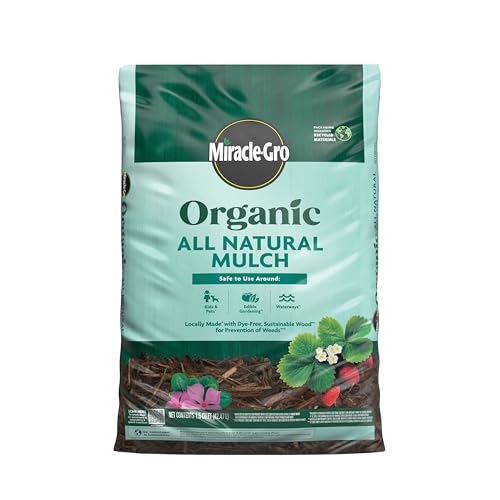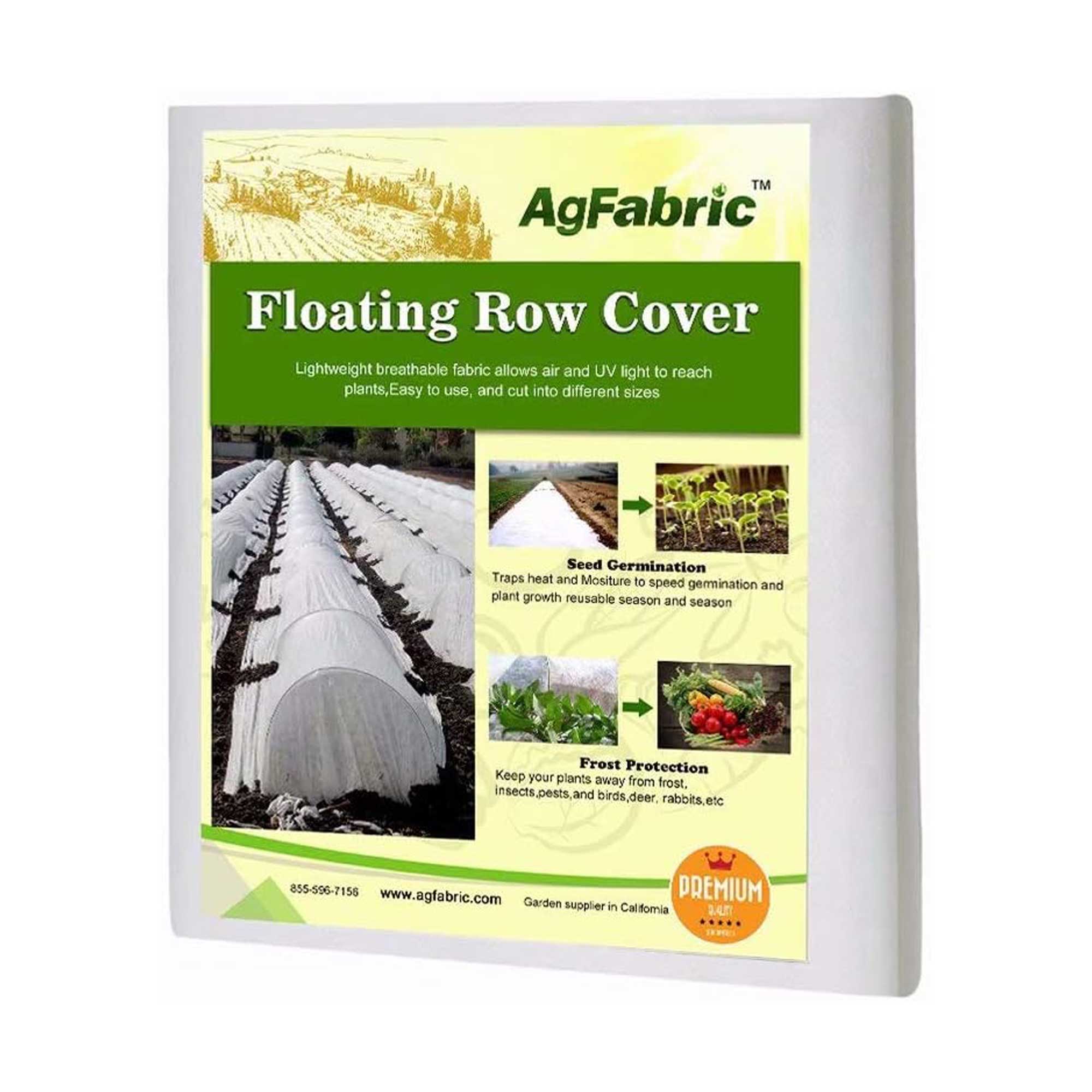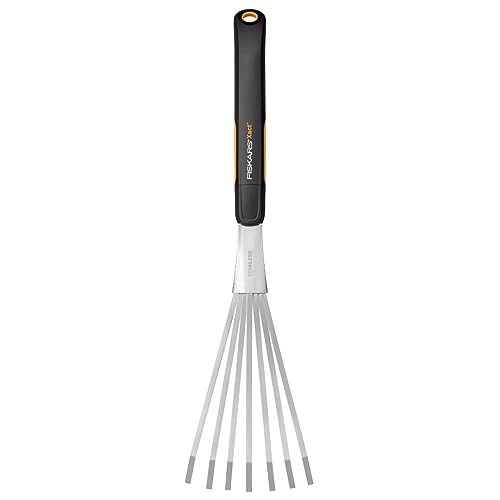The 5 easiest pest control plays to save your fall harvest from being nibbled before you even get to pick it
Good fall pest control stops your fruits and vegetables from being eaten by pests
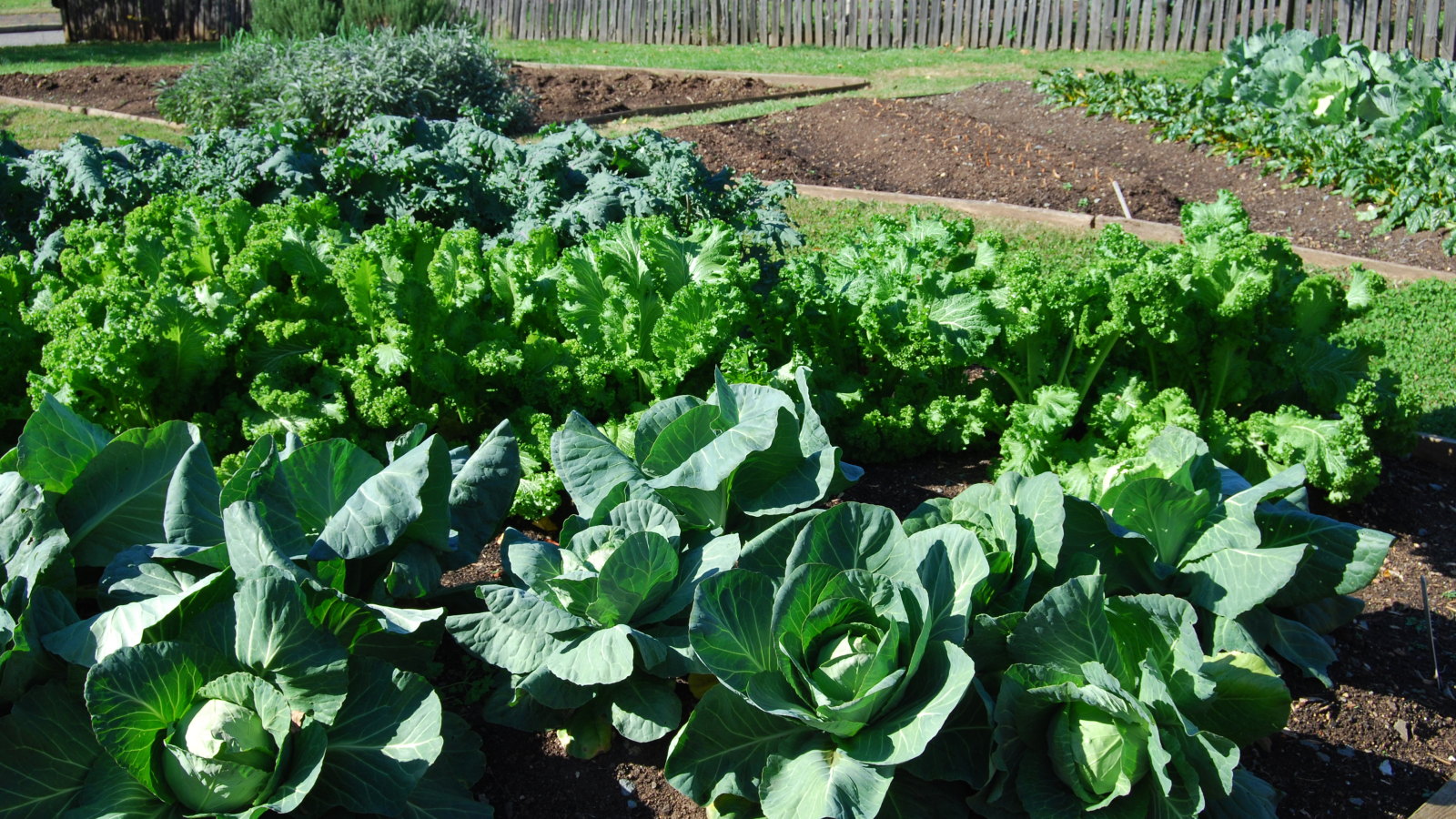
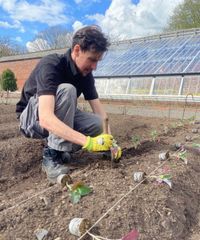
Fall can be a bountiful time in a vegetable garden, full of rich pickings for hearty seasonal meals. But at the same time, pests regularly nibble on your fruits and vegetables as they look for food, and it is always disappointing to lose crops.
I have grown edibles for many years, and personally had hole-ridden kale courtesy of caterpillars, apples damaged by maggots, and pumpkins tarnished by unwanted visitors to the plot. If you are trying to avoid nibbled salad crops, munched vegetables, or fruits with an unwanted hidden surprise inside, fall pest control doesn't need to be difficult.
There are some easy ways you can combat fall pests in your vegetable garden and avoid having to throw away any of your potential harvests. This guide to fall pest control highlights five tried-and-tested methods to protect your seasonal harvests from harm.
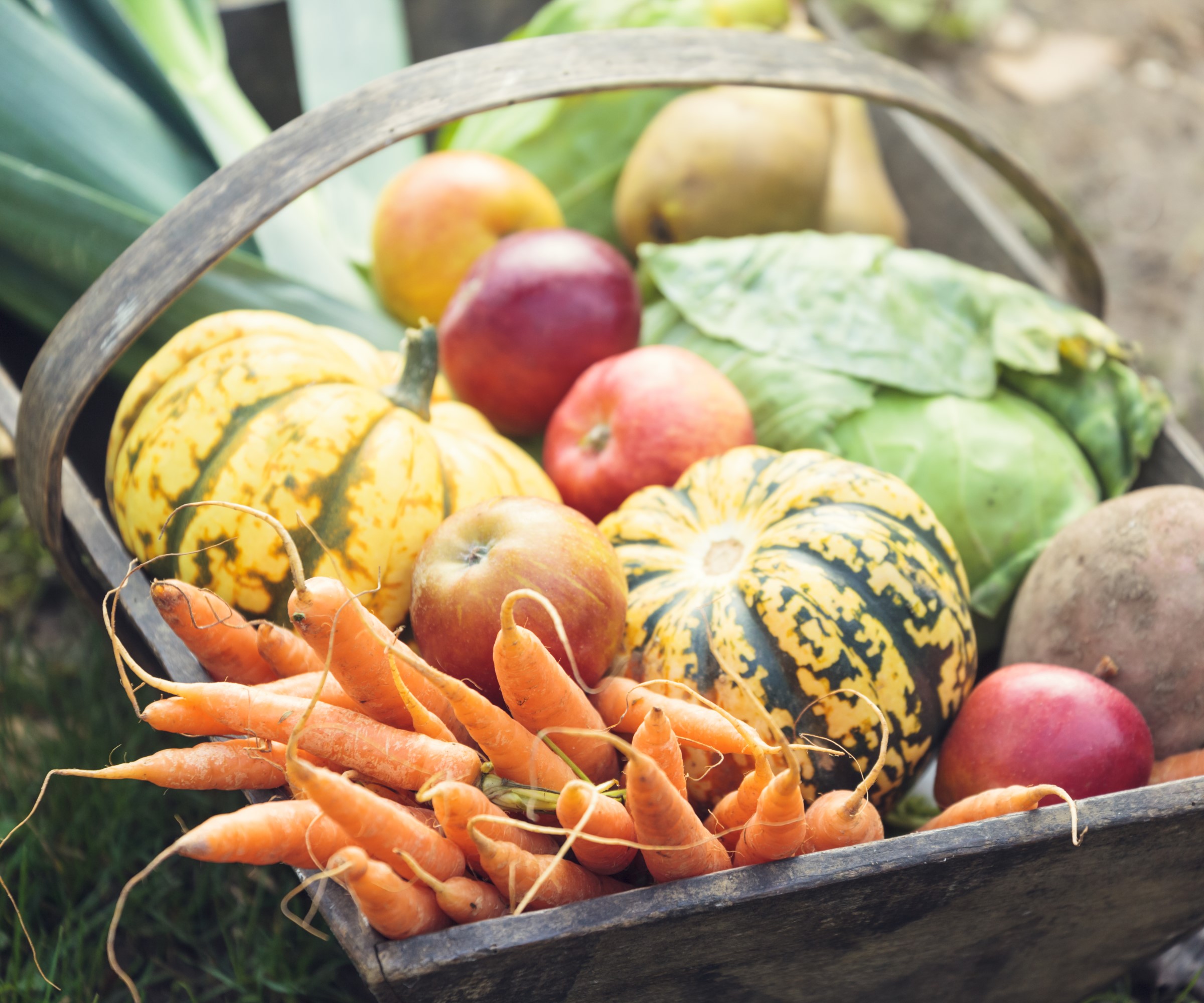
Fall pest control in focus – here's what you can do to
There are some common pests to watch out for in the fall, including many of the usual culprits that trouble crops throughout the growing season.
The likes of slugs and snails are out in force, thriving in the cooler, moister conditions of fall, and caterpillars, beetles, aphids, cabbage loppers, spider mites, stink bugs, and thrips can all persist well into the fall.
You also get fruit pests like the codling moth, which don't start to hunker down and cocoon to overwinter till the temperatures drop.
With all those potential pests still active until the first frosts, here are five easy methods of fall pest control that will help preserve your harvests of vegetables and fruits.
Design expertise in your inbox – from inspiring decorating ideas and beautiful celebrity homes to practical gardening advice and shopping round-ups.
1. Have physical barriers in place
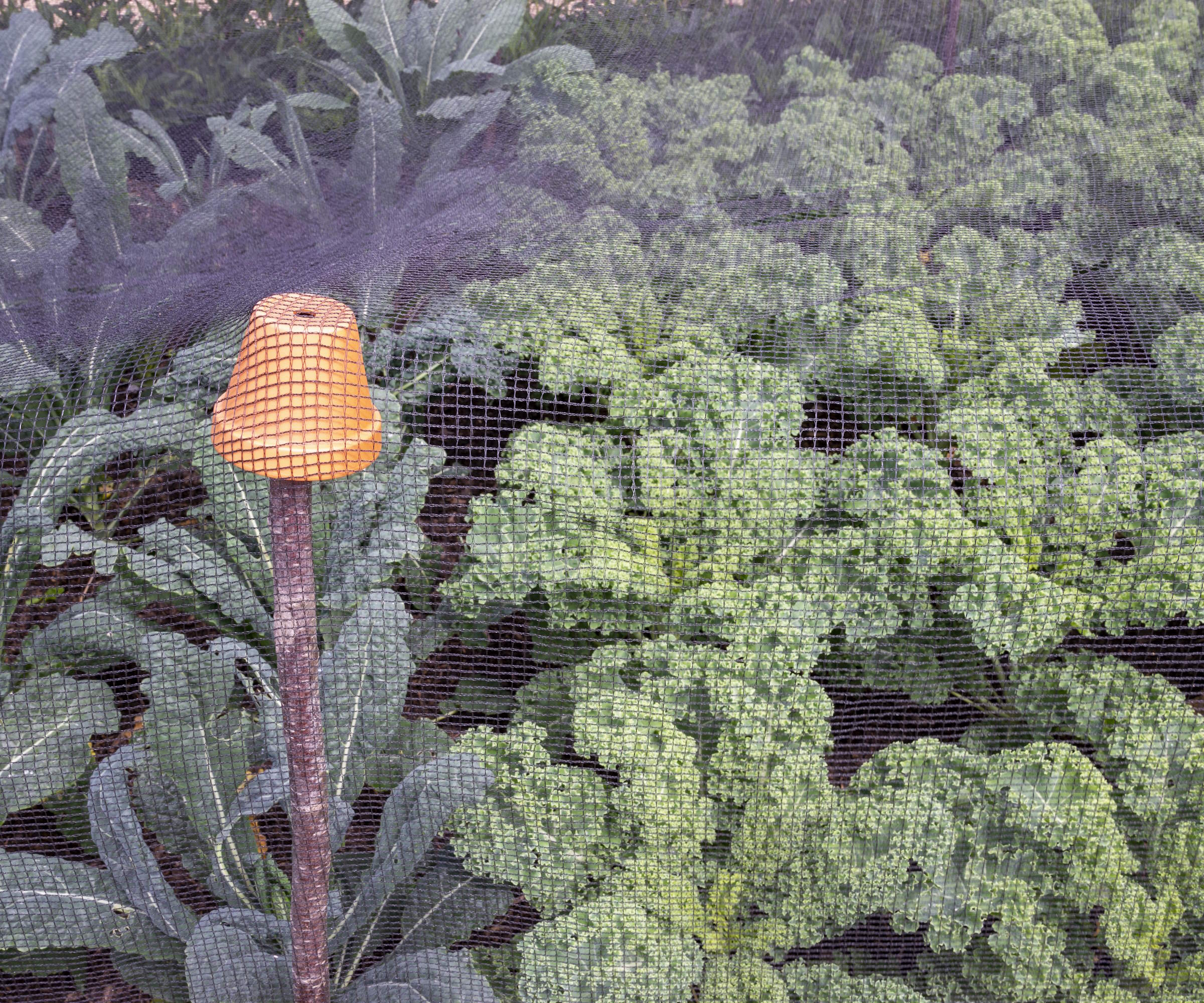
The easiest form of fall pest control is to cover your crops to prevent unwanted critters from having easy access to your fruits or vegetables.
For vegetables in kitchen garden beds or raised garden beds, covering them with row covers keeps the pests away from the crops. This is not just the case for fall, as the truth is that many crops, such as brassicas, should be covered all season long to combat caterpillars in a vegetable garden.
The use of fine insect mesh can block aphids, flea beetles, whiteflies, spider mites, cabbage white butterflies, and many more. A cover like this fine bug netting at Amazon can cover rows of plants. It lets light and water through, but keeps pests away. It needs to be secured at the sides and ideally laid over hoops to avoid damaging the crops.
Individual plants can be protected from inquisitive pests with cloches, which, like the use of row covers, also help to protect vegetables from frost and extend your harvests further into winter or fall.
Fruits can be covered with maggot barriers or fruit protection bags, available at Amazon. Such reusable bags can be put over individual fruits to keep insects, birds, or small animals away and stop them from eating or damaging your fruit. There is also the option of fruit cages to protect soft fruit bushes.
2. Disturb the soil to bring pests to the surface
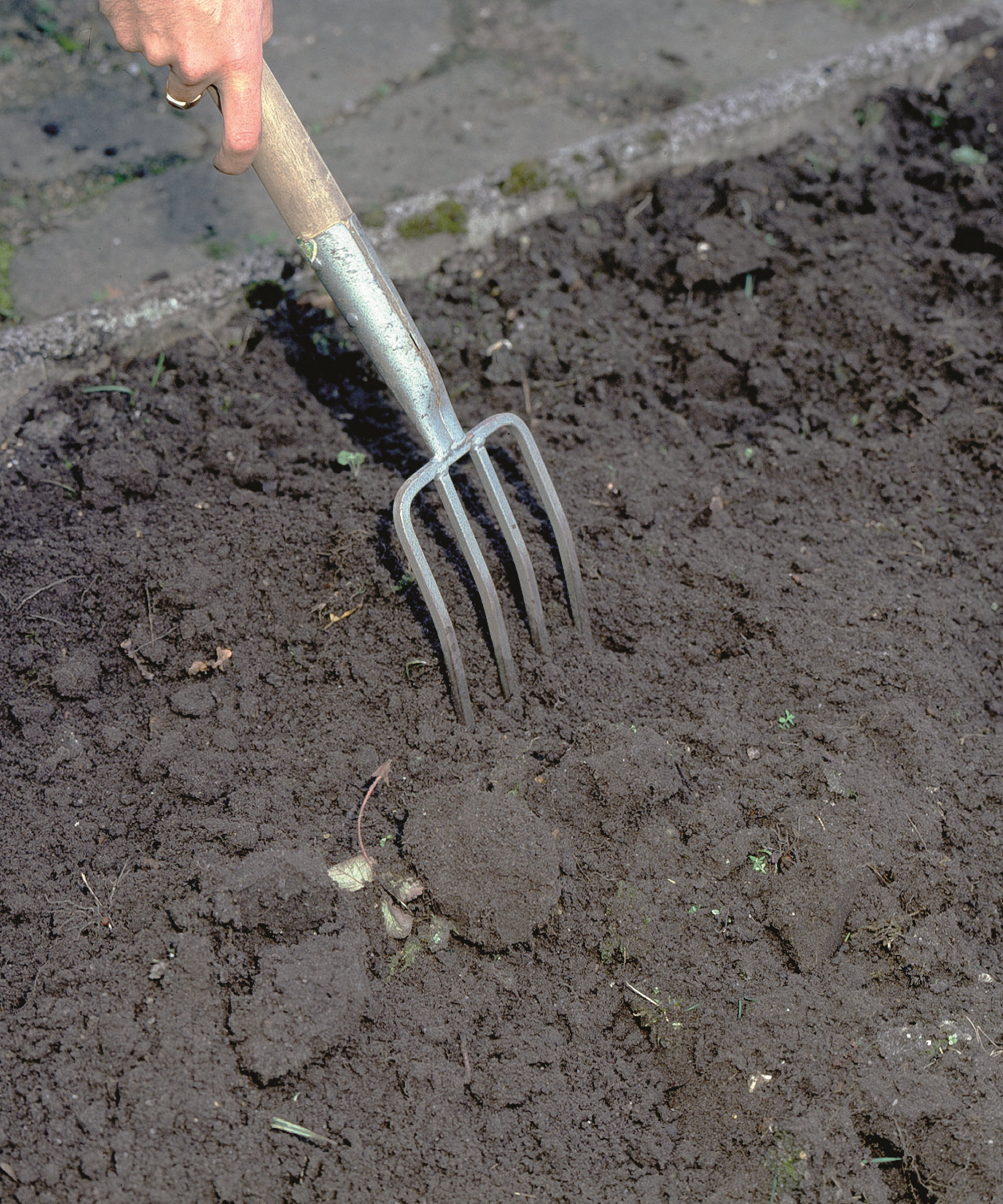
Soil-dwelling pests are prevalent in the fall, as they prosper in the warm, moist soils of the season. With a bit of disturbance, the likes of slugs, cutworms, and grubs can be brought to the surface, where they can be in for a nasty surprise.
This is because it leaves them more vulnerable to beneficial predators, predominantly many types of birds. Such a tactic is a simple form of fall pest control that will impact their population.
It will not eliminate all pests, but it can make a difference and reduce the number of pests that can eat your crops. As well as leaving them at the mercy of birds, exposing the pests to frosts will also eliminate them.
It is best to take it gently and avoid fully tilling the vegetable garden annually, as repeated tilling over time can damage soil health. Instead, just disturb the top surface of the soil with a garden fork or hoe, such as this Fiskars garden fork at Walmart.
3. Remove plant debris to eliminate hiding places
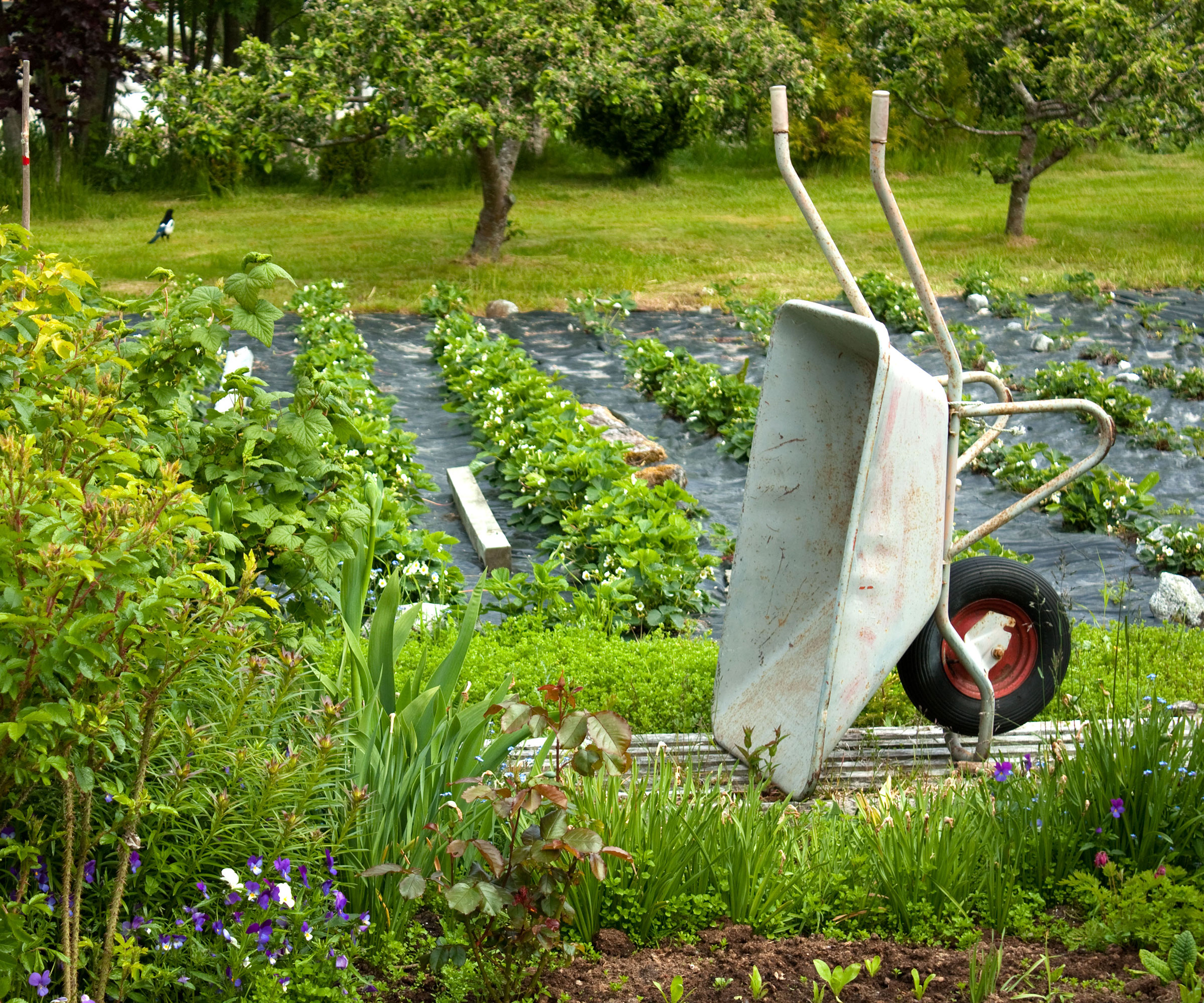
Older leaves and other debris make great hiding places for many pests. Slugs and snails spend their day hidden away under debris, only to come out at night to feast. While beetles, thrips, cutworms, and more can hide and breed in any debris left on your vegetable garden beds.
Many gardeners often slow down come the fall, and are more likely to let debris accumulate during the season. Any approach to meticulously clearing beds can become a bit more casual come fall, which plays right into the hands of the pests that enjoy their hiding spots.
It won't take long at all to head out with a rake and trug to collect any fallen leaves, stems, or debris that might be providing pests with cover. So, try to keep clearing near the top of your fall gardening checklist.
You won't just appreciate it over the coming weeks, but also into the next growing season. As many pests, including squash bugs, asparagus beetles, and Colorado potato beetle, can overwinter in leaf litter and plant debris, only to come out again in spring to terrorize your crops.
4. Attract predators to the garden
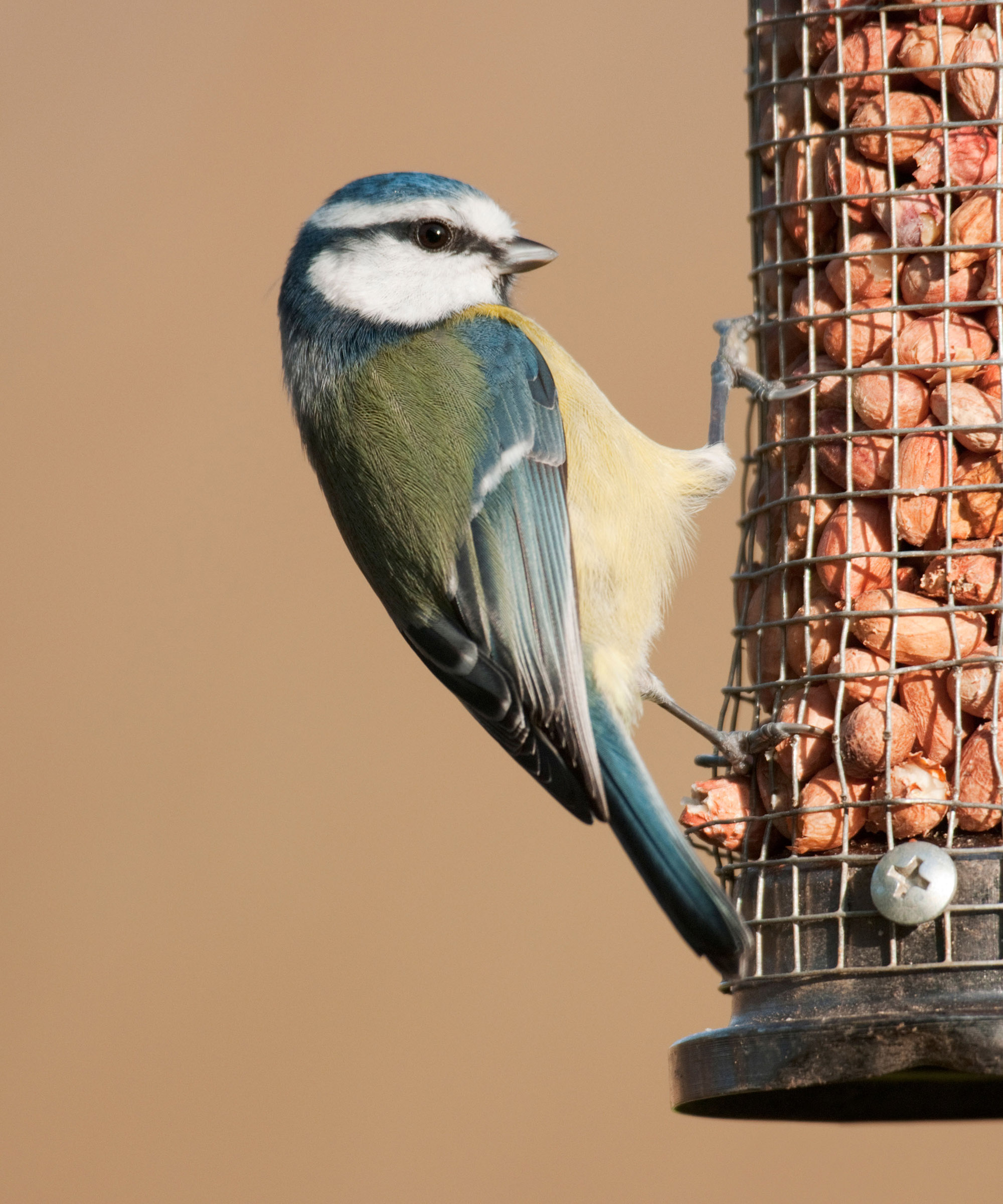
Birds benefit your backyard by eating many different pests, including caterpillars, beetles, aphids, snails, slugs, and more. Making your yard a wildlife garden to attract birds means more feathered friends to consume unwanted pests that may otherwise impact your fall harvests.
What can you do to attract birds this fall that may snack on pests? Hanging bird feeders, creating natural bird feeders, or placing a bird bath will provide food, water, and a space for birds to bathe. Also consider planting fall plants for birds that will provide berries, fruits, or seeds.
However, for all the good that birds can do, remember that some will feed on ripening fruits and edible crops that you want to keep safe for your harvest.
Keeping these plants covered with netting or putting a fruit cage around your bushes are the best ways to prevent this from happening. Don't put out bird scarers or noisemakers, as they'll scare away birds that can be eating unwanted pests.
5. Stay vigilant and hand-pick pests
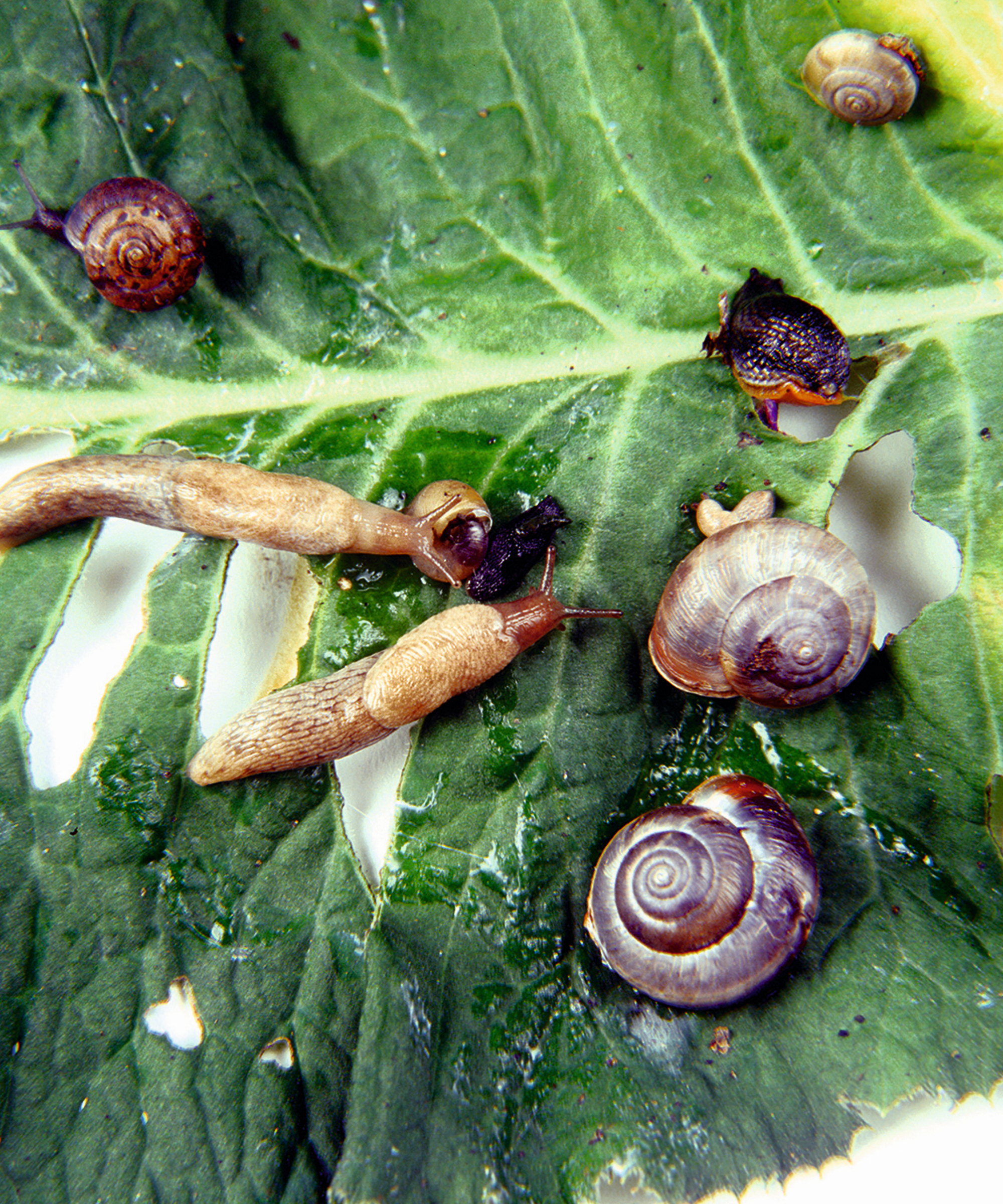
Fall pest control isn't always glamorous, and that is exemplified by the fact that hand-picking pests can make a difference in protecting your harvests. Large pests like slugs and snails will be active under the coverage of darkness in the fall, ready to nibble on your vegetables.
Slugs and snails thrive in shade and damp, so they are in their element in the fall. They will come out in the earlier evenings to eat stems, leaves, and crops. There are many fall crops that slugs target, including brassicas, root vegetables, and leafy greens, so take the opportunity to stop slugs from destroying plants and preserve your precious harvests.
Vigilant gardeners can pick up a torch or don a head torch and fill a bucket with soapy water to head out at night and hand-pick snails to protect their plants. Check all over the plants and do so over a few consecutive nights to make a difference and help get rid of slugs and snails.
FAQs
Should you spray for pests in the fall?
You can spray as part of your fall pest control. Smaller pests can be combatted with insecticidal soap, available at Amazon, or a homemade bug spray made with soap and water.
This all-season spray oil, available from Amazon, can be used in the fall to control seasonal pests, including aphids, mealybugs and spider mites. It is approved for organic gardening and is safe for use on fruits and vegetables.
You can extend your homegrown harvests beyond fall by picking hardy vegetables to overwinter on your plot. Adding overwintering vegetables allows you to harvest the likes of kale, cabbage, Brussels sprouts, leeks, and more into January or February.
Many are tough, like the brassicas and leeks, while winter lettuces or radishes will require covering with row covers, a cloche, or a portable cold frame (like this portable mini cloche at Amazon) to protect them from the elements.
Shop tools for fall vegetable gardens
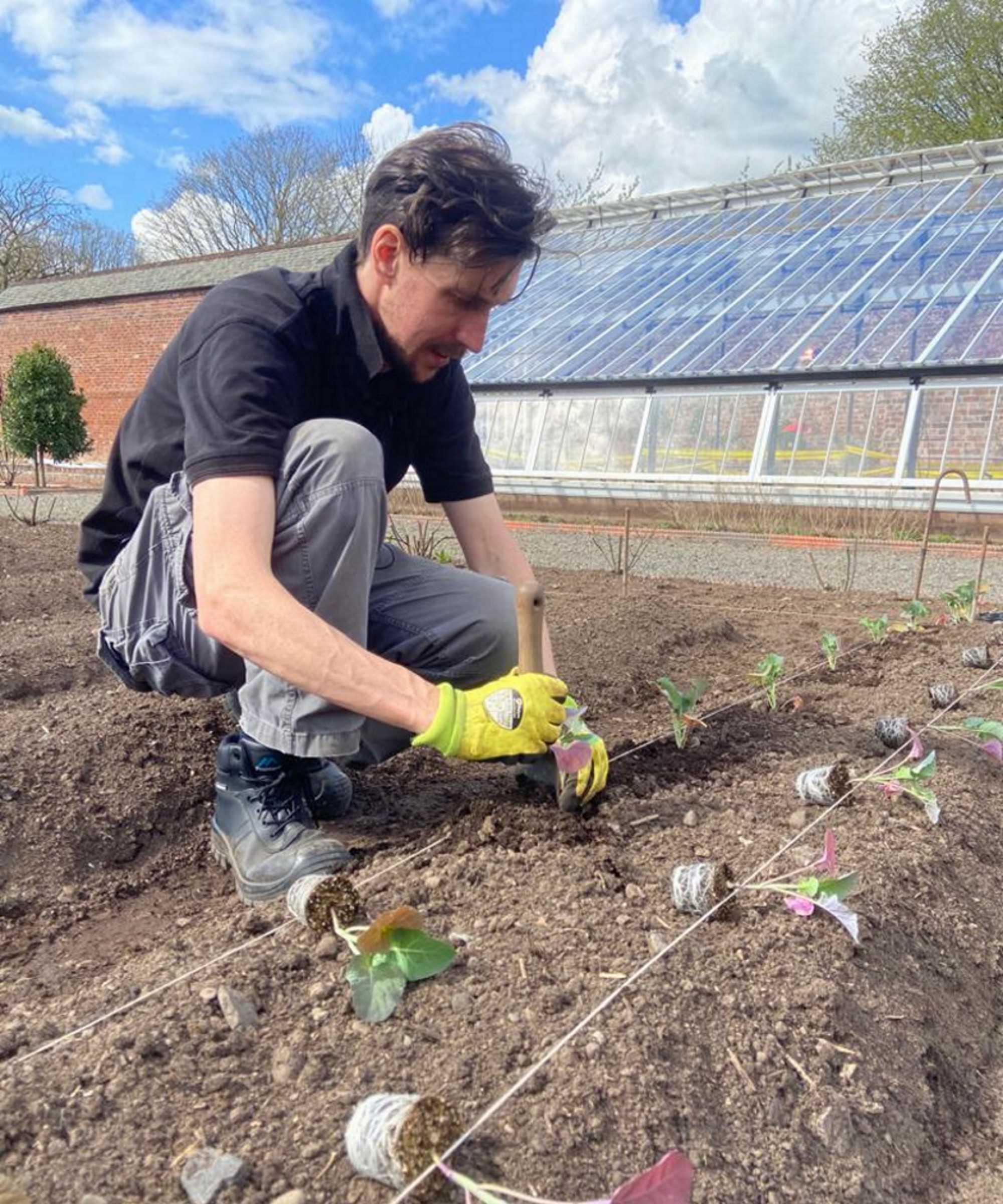
Drew has worked as a writer since 2008 and was also a professional gardener for many years. As a trained horticulturist, he worked in prestigious historic gardens, including Hanbury Hall and the world-famous Hidcote Manor Garden. He also spent time as a specialist kitchen gardener at Soho Farmhouse and Netherby Hall, where he grew vegetables, fruit, herbs, and cut flowers for restaurants. Drew has written for numerous print and online publications and is an allotment holder and garden blogger. He is shortlisted for the Digital Gardening Writer of the Year at the 2025 Garden Media Guild Awards.
You must confirm your public display name before commenting
Please logout and then login again, you will then be prompted to enter your display name.
